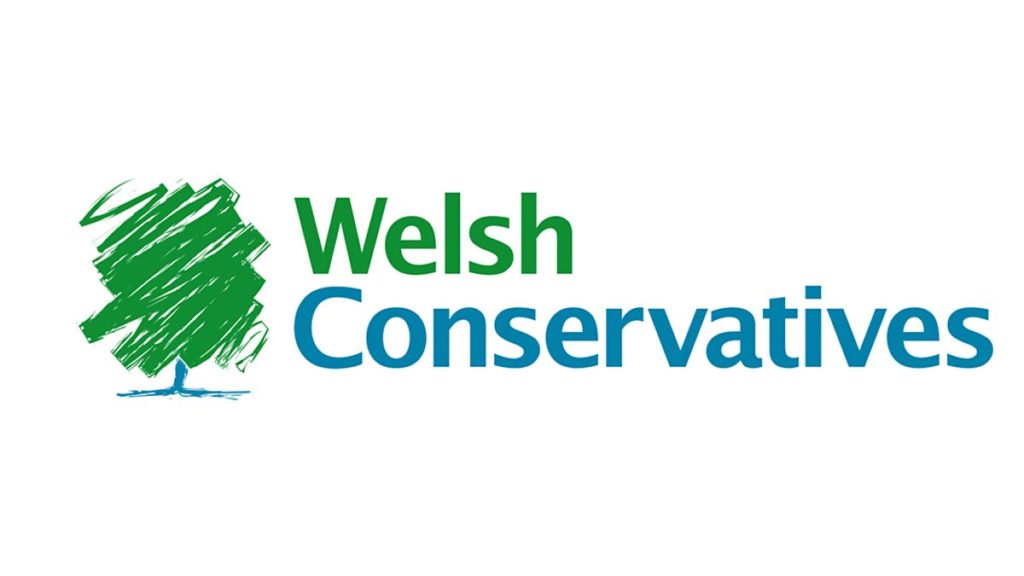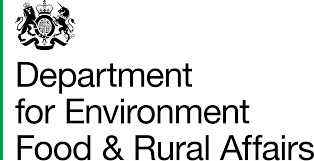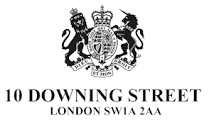PRESS RELEASE : Labour-run NHS continues descent as winter approaches [December 2022]
The press release issued by Welsh Conservatives on 17 November 2022.
The ability of Wales’ Labour-run NHS to treat people and protect staff “stands upon the edge of knife” say the Welsh Conservatives as the backlog threatens to capture a quarter of the population and ambulance waiting times reach the slowest on record for the second month running.
Not only is over 23% of the population on a waiting list, but the number of people waiting over two years is now 57,284 – more than double the figure a year ago – despite such waits having been virtually eliminated in England and Scotland.
Commenting, Welsh Conservative and Shadow Health Minister Russell George MS said:
“When we see nearly a quarter of the population on an NHS waiting list, the slowest ambulance response times on record, and Britain’s worst A&E waits, I think it is more than fair to say that NHS Wales’ ability to treat patients stands upon the edge of a knife.
“All of this is compounded with a near-nationwide nurses strike and a secondary waiting list where an additional 460,000 people are waiting for follow-up appointments for their treatment, which is clearly affecting the wellbeing of staff as well as patients.
“I simply do not understand why Labour ministers are ignoring are calls for surgical hubs and winter war rooms to deal with these dangerously long waiting times when we see them leading to very visible progress in England.
“But should we expect anything different from a Labour Government that said it would be ‘foolish’ to publish an NHS recovery plan before the pandemic ended – an attitude that has led us to this very situation? Labour need to get a grip on the NHS and stop breaking all the wrong records.”
Also in September, 1-in-4 Welsh patients waited over a year for treatment, but only 1-in-20 do so in England. Meanwhile, the median waiting time for that same month in Wales was 21.8 weeks compared to 14 in England.
Additional figures showed a third (33.4%) of patients had to wait over the four-hour target to be seen in A&E last month.
In England and Scotland, the equivalent figure in both was 31%. The Welsh target to get 95% admittances seen in four hours has never been met in its 13-year existence.
Statistics also revealed that:
- Eight major hospitals saw fewer than 60% of A&E patients within four hours;
- The Cwm Taf Morgannwg health board was the worst performing area in the nation against the four-hour A&E target, seeing only 59% in four hours;
- An astonishing 51% of patients had to wait over four hours at emergency departments in Ysbyty Glan Clwyd, making it the worst performing site in Wales;
- Over 11,000 patients waited over 12 hours in Welsh hospitals; and
- Adults aged 85+ spent an average of more than seven hours in emergency departments.
When it came to ambulance performance in September, only 48% of responses to immediately life-threatening calls arrived within eight minutes – the worst rate on record (beating last month’s 50%). The target of 65% of red-calls reaching their patient within eight minutes has not been reached now for over two years.
Staggeringly, two-thirds (66.7%) of amber call patients – which include strokes – took over an hour to reach, with only 19% arriving within 30 minutes.
The slowest ambulances were in Dyfed’s Hywel Dda health board area with only 39% arriving within the eight-minute target of a red-call. Only 27% came to the scene within an hour of an amber call in Cwm Taf Morgannwg.
The figures come the week after nurses voted to strike in every health abords in Wales, apart from Gwent’s Aneurin Bevan health board, home of The Grange Hospital which was recently the subject of a damaging Healthcare Inspectorate Wales report.
Yesterday, Labour’s Health Minister also claimed in questions that her six-point emergency care plan, publishes over a year ago, was helping. The stats speak for themselves.



